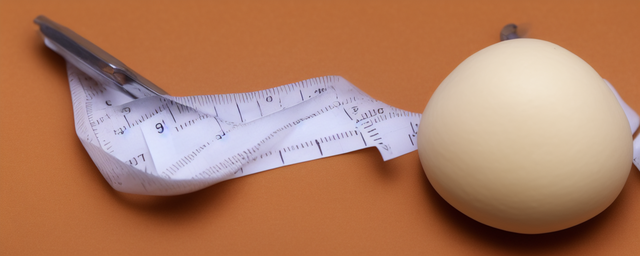Gallbladder shrinking, also known as gallbladder atrophy or gallbladder hypotonia, can occur due to various reasons. One common cause is chronic inflammation of the gallbladder, known as cholecystitis. This inflammation can lead to scarring and thickening of the gallbladder walls, causing it to shrink in size. Other possible causes include aging, prolonged fasting or starvation, certain medications, and underlying medical conditions such as liver disease or cancer.
The shrinking of the gallbladder can have several potential consequences and risks. One of the main risks is the development of gallstones. A smaller gallbladder may not be able to effectively empty bile, leading to the formation of gallstones which can cause pain, inflammation, and even blockages in the bile ducts. These blockages can result in serious complications such as pancreatitis or cholangitis.
Additionally, a shrunken gallbladder may not function properly in storing and releasing bile, which can disrupt the digestion of fats. This can lead to symptoms such as indigestion, bloating, and diarrhea after eating fatty foods. In severe cases, it may result in malabsorption of essential nutrients and vitamins, leading to nutritional deficiencies.
Furthermore, a smaller gallbladder may also impact the overall function of the biliary system and increase the risk of complications such as bile duct obstruction or infection. In some cases, gallbladder atrophy may require medical intervention such as surgery to remove the gallbladder (cholecystectomy) to alleviate symptoms and prevent further complications.
In conclusion, gallbladder shrinking can have various causes and potential risks, including the development of gallstones, digestive issues, and complications related to the biliary system. It is important to consult a healthcare provider if experiencing symptoms related to gallbladder problems to receive proper diagnosis and treatment.

